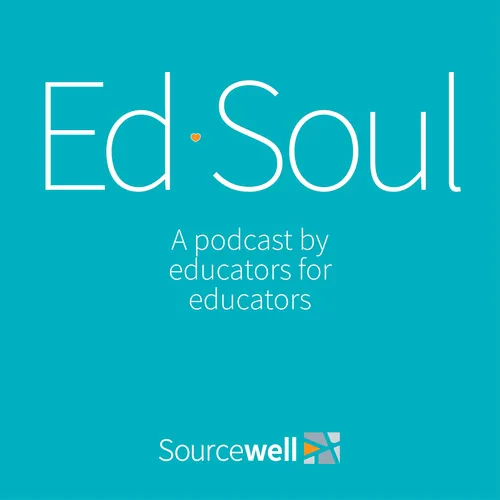Engagement and Motivation Through an SEL Lens
- Author
- Lisa Worden
- Published
- Fri 24 Jun 2022
- Episode Link
- None
Engagement can include behavioral, emotional, and cognitive.
The brain is soothed by sameness and engaged by novelty; we need to engage students in a way that is socially and emotionally healthy. For example, classroom games:
- Competition and individualistic activities drive some, but shuts others down
- Timed games can cause anxiousness
- Losing can cause dysregulation
- Binary grouping methods that might involve student identities
Student driven is even more effective than teacher driven
- Voice, choice, efficacy, peer-to-peer interaction
- Appropriate level of challenge
- Real-world problem solving
- Community involvement
- Content and activities that provide cultural mirrors and windows
- Goal setting and progress tracking
- Student roles and responsibilities
Motivation
- Brain’s motivation system develops over time
- Most impacted by intrinsic rewards with positive feedback
- In adolescence especially, social context and acceptance is a factor
Disengaged or undesired behaviors?
Teachers are trained to notice when students are disengaged; students can be engaged while exhibiting “undesired” behaviors. Sometimes the need is executive functioning or regulation:
- Students who need movement might still be paying attention
- Asking questions or blurting could be a distraction, but shows that learners are engaged
- Coming to class without the materials can be interpreted as not caring
- Withdrawn, shut down, or crumpling up papers communicates frustration but can be read as disrespectful
- Difficulty transitioning
Ultimately, we want systems that support students, rather than asking students to regulate in environments that are not set up with their needs in mind.
Be careful in how we characterize students
- Asset/strength-based mindset and language, not deficit
- A variety of processing times
- In the references, see the handout, Safeguarding Inclusive and Respectful Communication: Students
Disengaged or unmotivated adults?
In everyday life, adults might need
- A quick check-in on our phones
- Sidebar conversation with a colleague during training or meeting
- Standing up, moving, or going to the bathroom without asking permission
Can we treat kids like people too?
Strategies
- Increase intrinsic rewards with a focus on constructive feedback and coaching
- Build in student reflection time
- Set goals and track progress
- Encourage student voice and empowerment
- Plan for engagement
- Remember, engagement looks different for different individuals
Start with an environment where students feel safe, settled, known; this is foundational to engagement.
References
- Logan, R. (2020). Safeguarding Inclusive and Respectful Communication: Students. Staples, MN; Sourcewell.
- Lortie, D. C. (2007). Schoolteacher a sociological study (2nd ed.). University of Chicago Press.
- Muhammad, A. (2018). Transforming School culture how to Overcome Staff Division. Solution Tree Press.
- National Scientific Council on the Developing Child. (2018). Understanding Motivation: Building the Brain Architecture That Supports Learning, Health, and Community Participation: Working Paper No. 14. Retrieved from www.developingchil
Find more educational resources by topic at https://www.mn.sourcewell.org/education/podcast
Learn more about upcoming trainings and events for educators at www.mn.sourcewell.org/education
